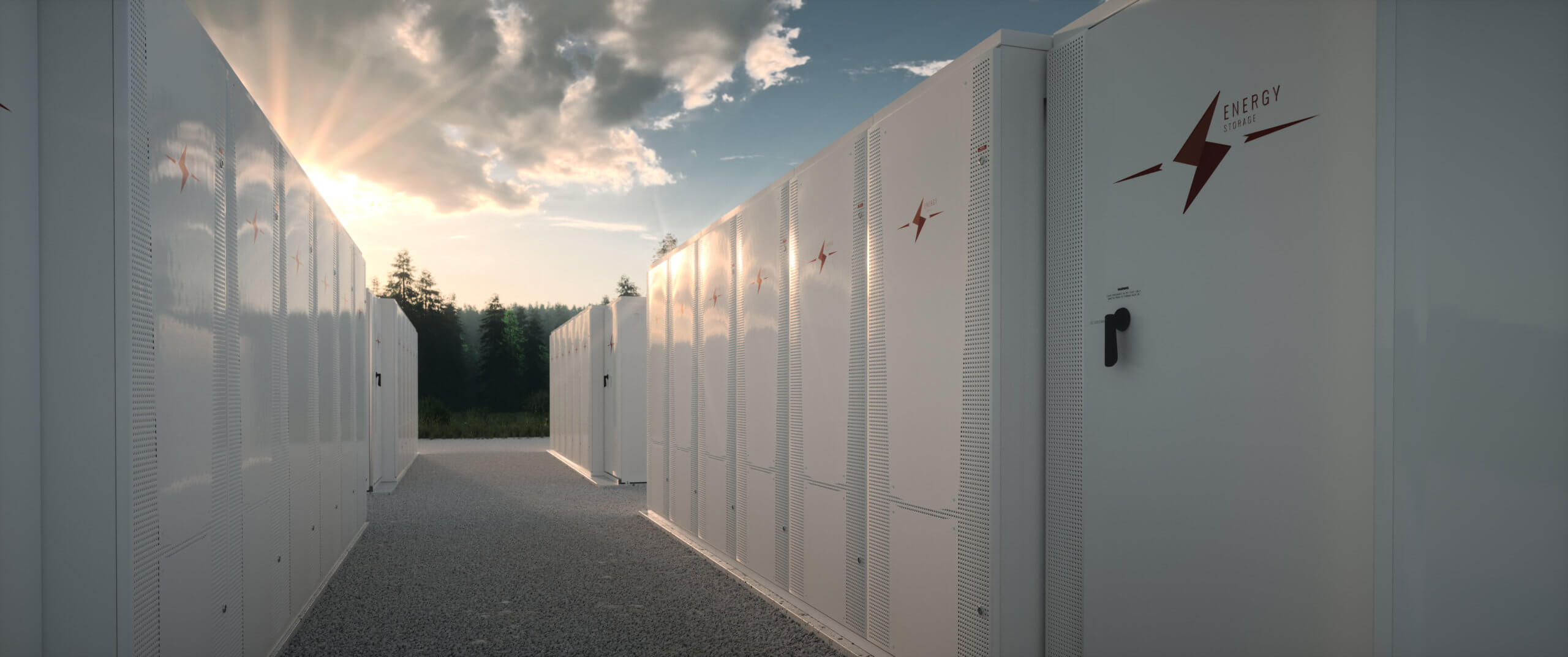American Clean Power
Storage siting
Energy storage is critical to an efficient, clean electric grid. It enables us to produce clean energy when it’s abundant, store it, and put it back into the electric grid when needed. Just as refrigeration changed how people consumed food, energy storage can revolutionize how we use energy.
Well-designed project siting is key for continued energy storage growth and satisfied host communities.
Energy storage projects create a host of benefits for the electric grid and consumers while occupying a small geographic footprint. Project developers generally have a good amount of flexibility in choosing sites, but a few key attributes are necessary. Battery energy storage developers look for:
- Grid access: Energy storage can provide a variety of benefits to the electric grid, many of which are location-dependent. Access to adequate and available transmission capacity is essential.
- Landowner partners: Developers work with willing landowners on contracts to lease or purchase land in exchange for payment.
- Wildlife and environmental studies: Compliance with local, state, and federal laws is critical, so the industry works closely with authorities when selecting sites and developing projects. Developers have to carefully identify and mitigate any potential impacts on land and wildlife.
- Permits: Developers must secure proper permits from all levels of government, from local construction and road permits to federal water and species permits.
- A buyer for the power: Developers secure a utility or other entity to purchase power or capacity generated by the project, even before building it.
- Financing: In order to build and operate a battery energy storage project, developers need an investor. These are typically large banks that carefully review the business plan, which helps ensure the project is a good investment.
- Decommissioning: Battery technology, and in particularly battery end-of-life management practices, have evolved over the past several years. Many utility-scale storage projects now have an expected usable life of 15 to 20 years or more. Industry best practices guiding the battery recycling and decommissioning at energy storage projects include the recycling of end-of-life batteries. Several independent companies now provide sustainable recycling services for batteries, and in some cases the original battery manufacturers will take batteries that have reached end of life and recycle the materials for use in new products.
Companies must secure each of these elements to move a project from development, through construction, and into operation, and the inability to successfully navigate any one of these issues can result in a shelved project. However, these steps are necessary to ensure profitable projects, happy host communities, and good stewardship of the land.
